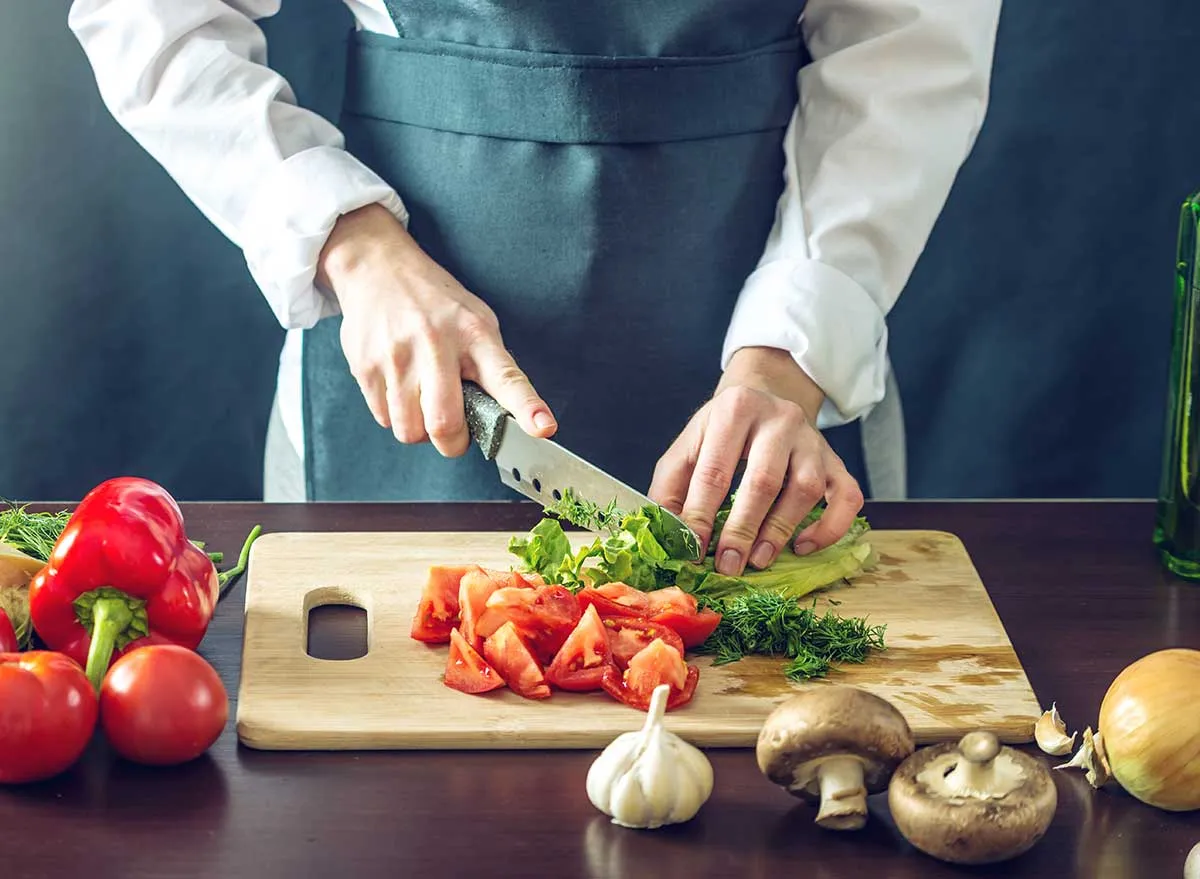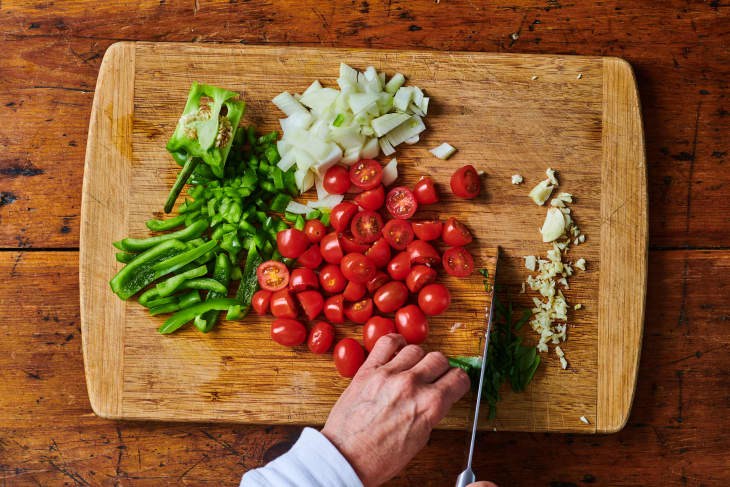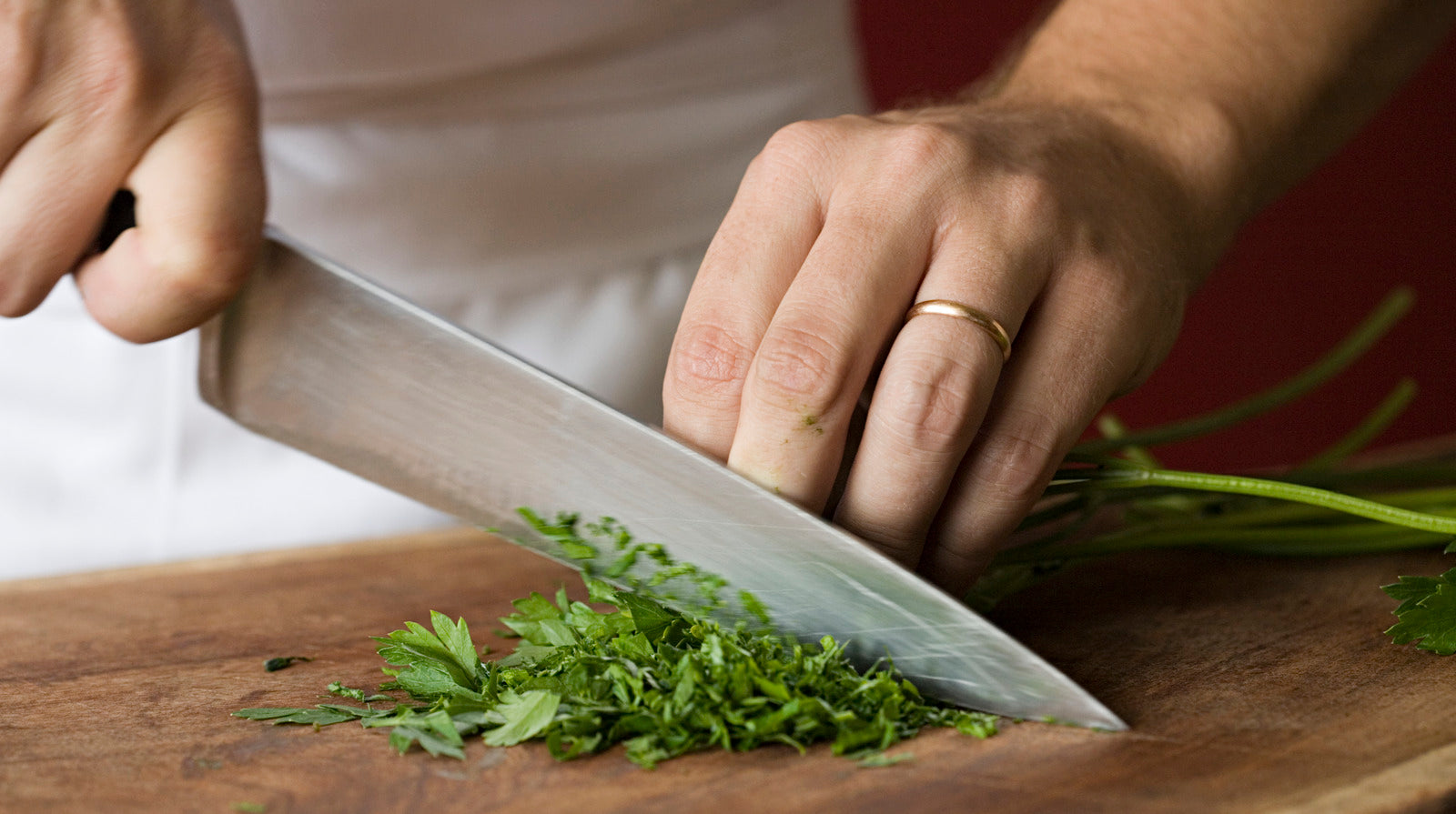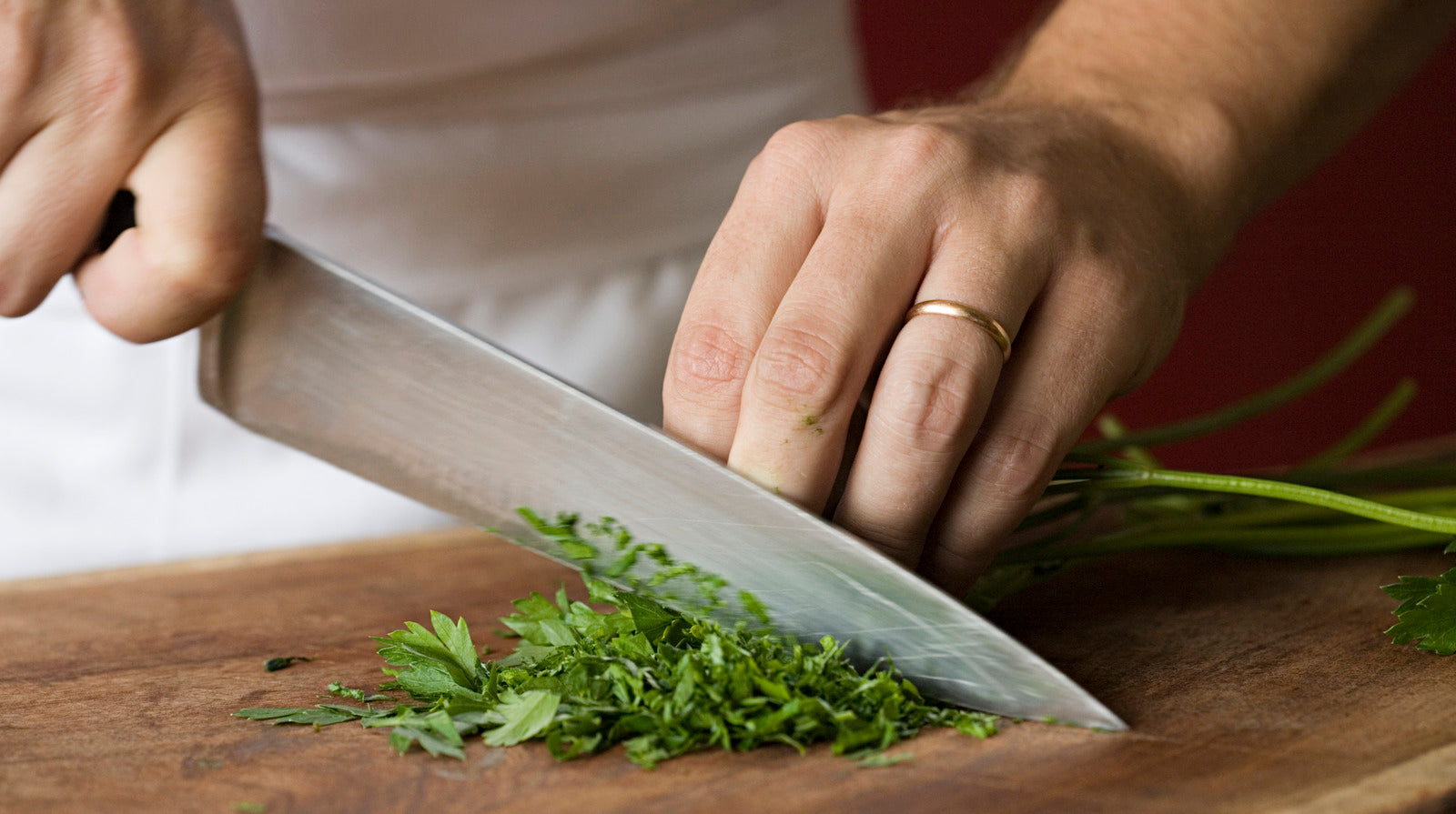For kitchen professionals, ensuring that your cutting board remains stable is not just a minor inconvenience; its a critical aspect of maintaining safety and efficiency in the kitchen. Whether youre slicing, dicing, or chopping away with precision, your cutting boards stability plays a significant role in preventing accidents, improving workflow, and elevating the culinary experience.
The question that plagues many chefs is therefore simple: What can be done to avoid any unwanted movement with your cutting board when chopping ingredients? In this article, we explore practical solutions, actionable insights, and professional tricks to address this issue head-on.

Understanding the Problem: Why Cutting Boards Slip
Before diving into solutions, its important to understand why cutting boards tend to move. Here are a few common reasons:
- Using cutting boards on slippery surfaces such as smooth countertops.
- Excess moisture or oil beneath the board.
- The absence of gripping materials, especially with cheaper or older boards.
- High-speed or aggressive chopping techniques that move the board around.
A sliding cutting board not only disrupts efficiency but also creates significant safety hazards. Imagine a sharp chefs knife slipping due to a minor shiftit can lead to painful injuries or worse. For more information on safe cutting boards for your kitchen needs, check Wikipedias guide on cutting boards.
Practical Fixes for Stability
Luckily, keeping your cutting board steady doesn't require a massive overhaul of your kitchen. The following tips have been sworn by professional chefs worldwide:
1. Use a Damp Towel or Non-Slip Mat
One of the easiest fixes for a slippery cutting board involves using a damp kitchen towel. Place the towel underneath the cutting board before setting it on your countertop. The moisture adds friction, creating a firm grip that prevents movement.
Alternatively, you can use a non-slip silicone mat for added support. These mats are designed specifically for grip and can handle the weight of most cutting boards and chopping tasks.
For more quick kitchen hacks, visit this helpful resource.
2. Consider Boards with Built-In Grips
If your kitchen budget allows, investing in cutting boards with built-in rubber grips or silicone edges can eliminate any movement. These boards are specially designed to adhere to surfaces, ensuring stability regardless of how vigorously you chop.
3. Clean and Maintain Your Cutting Surface
Grease, oil, or water can often be culprits behind a slippery surface. Regular cleaning of your board and countertop can remove these barriers and ensure a firm grip. Hot soapy water is usually enough to clean the board efficiently. For older cutting boards showing wear, deep cleaning methods might be required. Check out this guide for tips on deep-cleaning cutting boards.
4. Use Heavy Wooden or Rubber Cutting Boards
Plastic and lightweight boards tend to move more than heavy-duty wooden or silicone boards. Investing in a thicker, heavier cutting board can provide natural stability. Rubber boards, in particular, are non-slip by design and are gaining popularity in professional kitchens.
5. Opt for a Custom DIY Solution
If youre looking for a creative alternative, consider a DIY solution like applying adhesive silicone grips to the underside of your board. These grips are durable and can last for years with proper care.
Safety Tips When Using Cutting Boards
Even with a stable cutting board, there are additional safety measures you should observe:
- Always use sharp knivesdull blades are more likely to slip.
- Keep your workstation clean and clutter-free.
- Use boards designated for specific tasks to avoid cross-contamination (e.g., separate boards for meat and vegetables).
For advanced professional tips on maintaining hygiene, explore this article.
FAQs on Cutting Board Safety
1. What is the best type of cutting board to prevent slipping?
Heavy-duty rubber or wooden cutting boards with built-in grips are often the most effective in preventing movement during chopping.
2. Is there a quick fix if my cutting board keeps moving?
Yes, placing a damp cloth or silicone mat under the cutting board offers an instant and affordable fix.
3. How often should I clean my cutting board to maintain grip?
Its recommended to clean your board after every use. Performing deep cleaning at least once a week ensures that grease or residue wont accumulate.

Conclusion
A moving cutting board may seem like a small issue, but for kitchen professionals, it can pose serious risks to safety and efficiency. Whether you prefer quick fixes like damp towels or longer-term investments like heavy-duty boards, these solutions will help you maintain stability while improving your overall kitchen workflow.
For more ideas on cutting board care, explore related articles like gifting ideas for cutting boards.
Remember, a stable cutting board ensures a safer, more productive culinary workspace. As a chef, investing time and effort into this aspect of your kitchen setup can pay dividends in the long run.
This article contains affiliate links. We may earn a commission at no extra cost to you.






Leave a comment
This site is protected by hCaptcha and the hCaptcha Privacy Policy and Terms of Service apply.